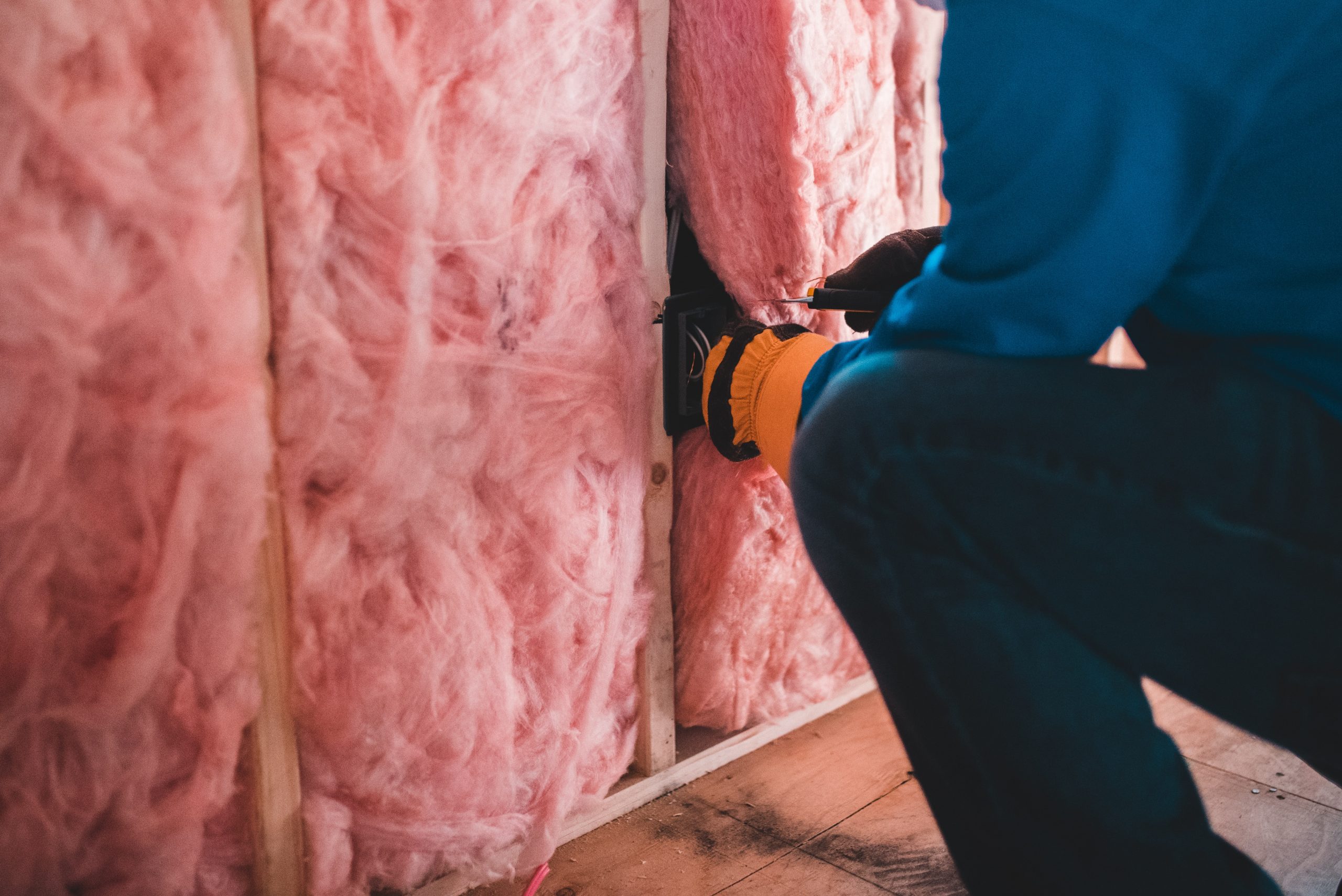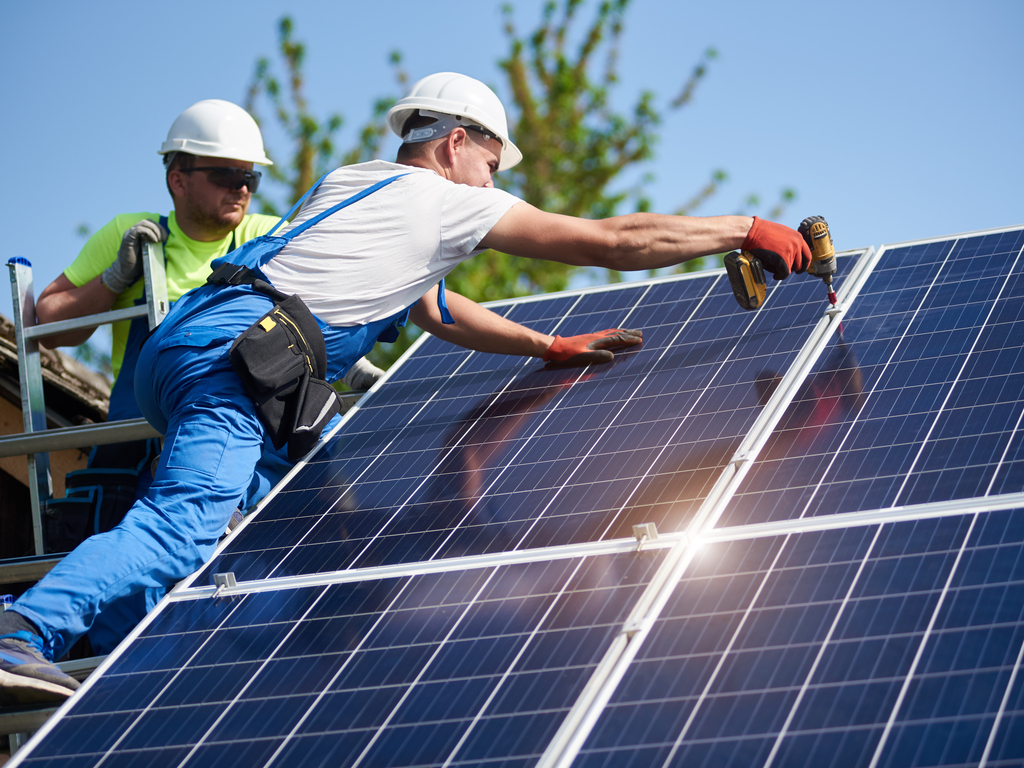When you think of budgeting a construction project, the cost of labor, materials, and equipment often comes first. After all, these are what make it possible for the job to be completed as quickly as possible, and if you plan and manage things properly, you can stand to make a better profit.
How about energy consumption, though? You’re hyper-aware of the fuel price to run generators and machinery, but did you ever think about how reducing electrical use can play into profitability? Well, it does, and you can stand to benefit quite a bit by boosting your construction project’s energy efficiency.
What is energy efficiency in construction?
When you think of energy efficiency, shutting down appliances that aren’t in use and moving to bulbs that consume less energy is often what comes to mind. That’s because taking small steps like this reduces the amount of energy you waste in your home. Well, the same concept applies to construction sites.
On a sizeable project, there are a lot of ways to consume energy needlessly. For example, tools left plugged in, an excess of lighting, and charging equipment can ruin efficiency if they aren’t kept in check.
Things get a little more complicated as you consider the design of the project itself. The way a building is designed, what lights are used, and the layout of systems necessary to run it all directly impact energy efficiency.
In other words, using cordless tools whenever possible isn’t all there is to consider. Concerning yourself with efficiency can define the very nature of the project from start to finish and long after that.
Why are energy ratings necessary for construction?
As we said in the beginning, increasing energy efficiency is a great way to boost profitability. After all, a structure that consumes less energy provides substantial savings in terms of operation. That’s true for both the contractor and the owner of the building once construction has concluded. That’s not all that makes it essential, though.
Environmental factors are always important. You might not know that construction alone is responsible for a significant portion of the energy consumed on a global scale, and buildings are responsible for 40% of greenhouse gases produced due to the amount of energy they consume.
A building that consumes more energy is harder to keep running, and the same is true for any construction site that doesn’t manage energy consumption. The result is the stress placed on local power plants that must consume more resources to meet the demand placed on them.
These issues must be put in check sooner rather than later. The simple fact is that even if one or two projects only make minor contributions, they are steps toward the sustainable future we need to establish.
Five ways to boost energy efficiency
Aiming for a sustainable future means the long-term results are the most critical aspect of any building project. Below, you will find five things that will help the building consume the least energy possible.
1. Building design
Perhaps the most significant way to reduce energy consumption is by designing the building properly. How it sits in relation to the sun, where the windows are located, the size of windows and doors all relate to how much power a building takes to run. Consider how these elements use natural lighting to their advantage and how they impact heating and cooling, and you’ll see how the right design can require less lighting and put less demand on HVAC systems.
2. Insulation
Insulation has a relatively simple job. It’s there to keep heat or coolness out. As the design of the building can use lighting and natural heating or cooling to its advantage, proper use of insulation can amplify those effects. Perhaps you can consider this part of building design, but the right type of insulation is just as important as where it’s placed.
3. HVAC
It’s no secret that heating and cooling is an important consideration. However, natural factors can only achieve so much. At some point, the HVAC system will need to start working. Thankfully, as time progresses, more and more efficient systems are being produced. By pairing the latest models with effective placement and ventilation design, you can dramatically lower the amount of energy this system consumes.
4. Lighting implementations
As with heating and cooling, natural lighting will only get you so far. Interior and exterior lighting are necessary to breach the gap the sun can’t clear. By using LED and other low consumption lighting sources, you ensure the effort of installing those skylights and larger windows don’t go in vain.
5. Solar power
Solar panels are expensive upfront. They do bring massive advantages to the table, though. They help to make the building less dependent on other energy sources. That’s going to lower the number of resources that are consumed to keep it running. Suppose you position solar panels properly and install a good number of them. In that case, they can also produce enough energy to help the power plant, reducing resource consumption to run other buildings.
Are there other ways to promote efficiency?
Cutting energy consumption during the construction process ultimately comes down to tight management and keeping up with maintenance. Making sure tools aren’t left plugged in, lights aren’t left running, and small things like that add up in the long run. That’s a no-brainer, though, and you’re probably already doing that anyway.
Something easy to overlook, however, is the condition of the equipment being used. Neglected power tools and machinery consume more energy during operation. However, keeping up with the internals and keeping the equipment clean can significantly reduce consumption.
The most important takeaway is that the goal is to achieve a sustainable future. There’s no secret that our current lifestyles aren’t doing the people of tomorrow any favors. Construction is a significant contributor to this issue, and it’s essential we continuously reduce the impact with every last project. Simply making changes to the design and running the right equipment is all it takes to do that.
Have any questions? Reach out today to our trusted staff of environmental consultants.






